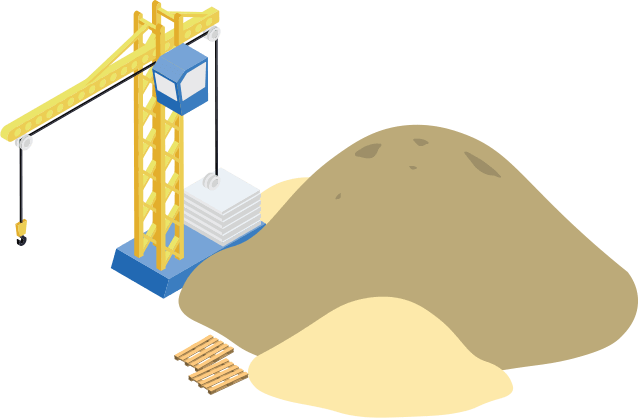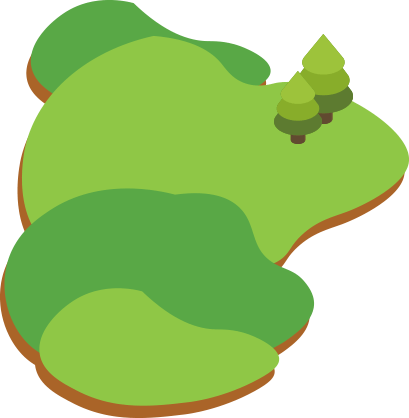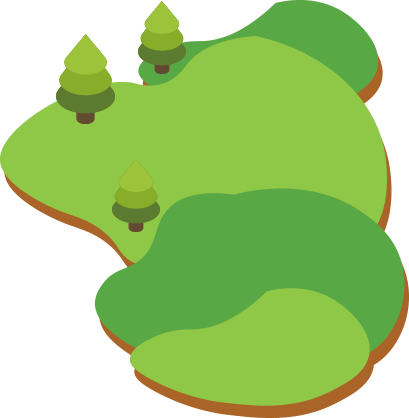| Reportedly, people are capable of distinguishing more than a million different colors (I’m leaving the color-blind out of this). |
In case you ever want to describe a color to us but don’t have the words, the ideal scene is to use the Pantone Matching System. You may have heard of PMS colors. These are numbered color chips. We have Pantone sets with over 1000 different colors so if you’re physically in the area or can get access to a Pantone set, we can use them to identify a color, or at least approximate it.
One caution is the appearance of a color chip depends on lighting. Colors look very different under daylight and indoor fluorescent lighting, for example!
You can also use one of these two websites to help define a color:
This site accesses the 267 colors of the Munsell naming system – or color sphere, which you may have heard of. That gives definition to names like “vivid purple” and “light brown.”
http://chir.ag/projects/name-that-color/ matches some 1500 color names with their appearance and their hex or RGB values (two ways of precisely defining color for use on the web).
One major caution. How these colors look depends on your computer monitor! Monitors don’t necessarily accurately reproduce colors. There will be significant variations from one monitor to another.
When it comes to print design, if color is critical, you specify a Pantone color or specify the values of CMYK (the 4 colors of full-color printing – cyan, magenta, yellow and black).
Even with all that, if it MUST look right, there’s no substitute for print proofs as the exact appearance can depend on the paper, the order in which the ink colors are laid down and other factors.
This is one reason printing costs can vary widely. Inexpensive printing provides no guarantee on the faithfulness of color reproduction. But it can be “good enough” for many uses.









